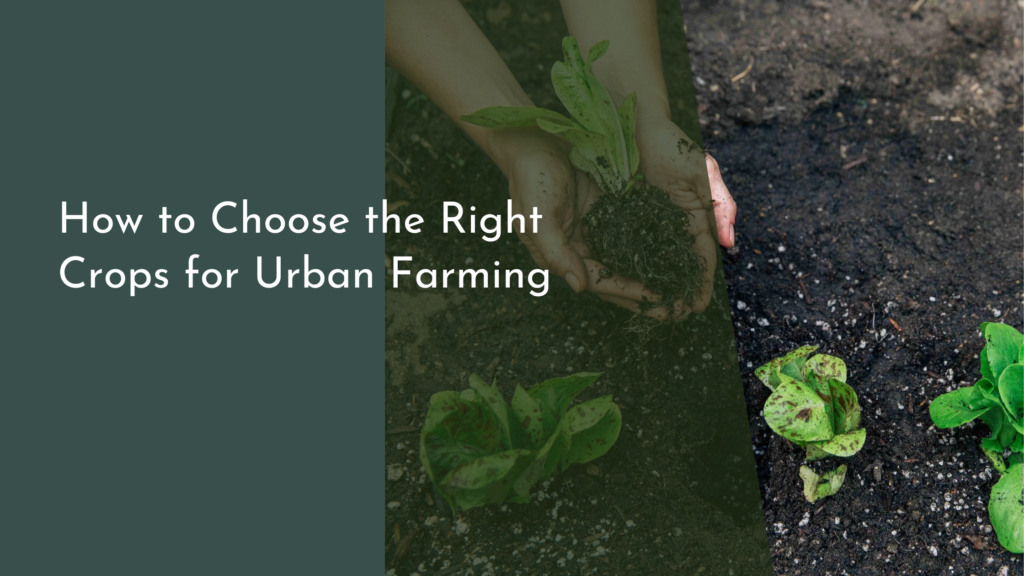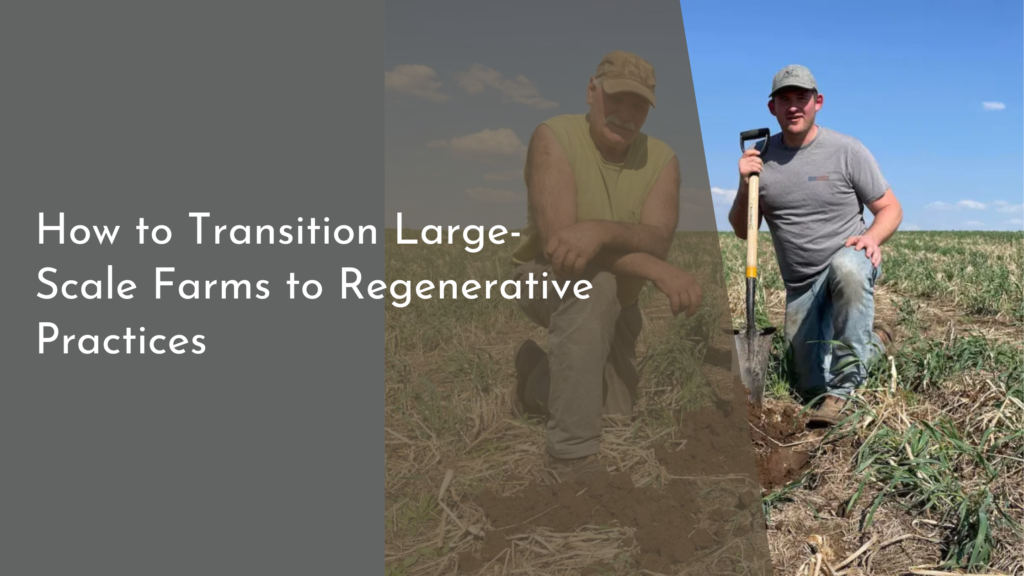How Urban Forestry Contributes to Human-Nature Relationships
In the heart of bustling cities, where concrete often dominates the landscape, urban forestry emerges as a beacon of hope and vitality. The integration of trees and green spaces into urban environments is not merely an aesthetic choice; it profoundly influences our relationship with nature and each other. As cities grapple with issues related to pollution, climate change, and mental well-being, urban forestry offers a pathway to reconnect with the natural world and foster community spirit. This article explores how urban forestry enhances our human-nature relationships, enriches city life, strengthens community bonds, and promotes healthier living environments.
Discovering the Joy of Nature in Our Urban Spaces
Urban forestry invites city dwellers to experience the joy of nature right outside their doorsteps. Parks filled with trees, flowering plants, and wildlife provide serene escapes from the daily hustle and bustle. These green oases offer a sensory experience, from the gentle rustle of leaves in the wind to the vibrant colors of blooming flowers. When people engage with these natural settings, they often find a sense of tranquility and joy. Nature’s beauty can evoke feelings of happiness, reduce stress, and cultivate mindfulness, reminding us of the joys beyond the digital and urban landscapes.
Moreover, urban forests serve as essential educational platforms for residents. They provide opportunities to learn about local flora and fauna, fostering a sense of stewardship towards the environment. Schools and community groups can organize nature walks and workshops in these green spaces, encouraging individuals to appreciate the biodiversity that thrives in their cities. Ultimately, by discovering the joy of nature in urban spaces, residents begin to forge a deeper connection with the environment and recognize their role in preserving it for future generations.
The Vital Role of Trees in Enhancing City Life
Trees are more than just beautiful adornments in our cities; they play a critical role in enhancing urban life. They improve air quality by absorbing pollutants and releasing oxygen, making the city atmosphere fresher and healthier for all. Furthermore, trees provide shade, reducing the urban heat island effect, which can significantly lower temperatures in densely populated areas. This cooling effect not only makes our cities more comfortable during the sweltering summer months but also reduces energy consumption for air conditioning, leading to lower greenhouse gas emissions.
In addition to their environmental benefits, trees contribute to the economic well-being of urban areas. Studies have shown that well-maintained green spaces can increase property values, attract businesses, and boost tourism. Parks and tree-lined streets create inviting atmospheres for shoppers and visitors, encouraging social interactions and community engagement. By enhancing the overall aesthetic appeal of urban neighborhoods, trees help create vibrant, lively cities where people want to live, work, and play.
Building Connections: Urban Forestry and Community Bonds
Urban forestry fosters community bonds by serving as a gathering place for residents. Parks and green spaces provide venues for social activities, from picnics and outdoor concerts to fitness classes and community gardening. These shared experiences help break down barriers between individuals, fostering a sense of belonging and community identity. When people come together in nature, they forge friendships and connections that strengthen the social fabric of their neighborhoods.
Additionally, urban forestry initiatives often involve community participation, empowering residents to take an active role in the stewardship of their local green spaces. Volunteer tree planting days, maintenance programs, or educational workshops encourage residents to collaborate, share knowledge, and celebrate their shared commitment to enhancing their environment. These interactions not only cultivate a sense of pride and responsibility but also deepen the relationships between community members, creating a network of support that can address other local challenges.
Greening Our Cities: A Path to Healthier Living Environments
The integration of urban forestry into city planning is increasingly recognized as a crucial element for healthier living environments. Access to green spaces has been linked to improved mental health, reduced anxiety, and increased physical activity. By providing areas for exercise, relaxation, and play, urban forests encourage a more active lifestyle and promote overall well-being. City dwellers benefit from the psychological uplift that comes from being surrounded by nature, often leading to greater life satisfaction and emotional resilience.
Furthermore, the ecological benefits of urban forestry cannot be overstated. Trees play a vital role in stormwater management, reducing runoff and mitigating flooding risks. They also provide habitats for various species, enhancing urban biodiversity. As cities face the challenges posed by climate change, the resilience provided by urban trees is invaluable. By greening our cities, we not only create healthier environments for ourselves but also take significant steps toward sustainable urban living, ensuring that our cities thrive well into the future.
In conclusion, urban forestry is a powerful tool that enriches our relationship with nature and enhances the quality of life in our cities. Through the joy of discovering green spaces, the vital contributions of trees, the community connections they foster, and the pathways to healthier living environments, urban forestry plays a transformative role in urban life. As we continue to prioritize the integration of nature into our cities, we not only create more beautiful landscapes but also nurture the bonds that unite us as communities, ultimately leading to a more sustainable and harmonious coexistence with the natural world.


